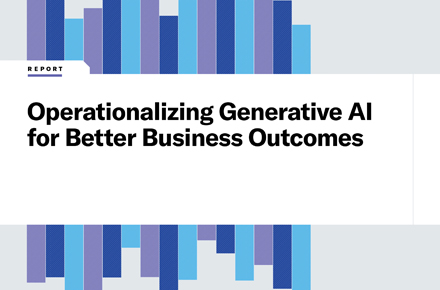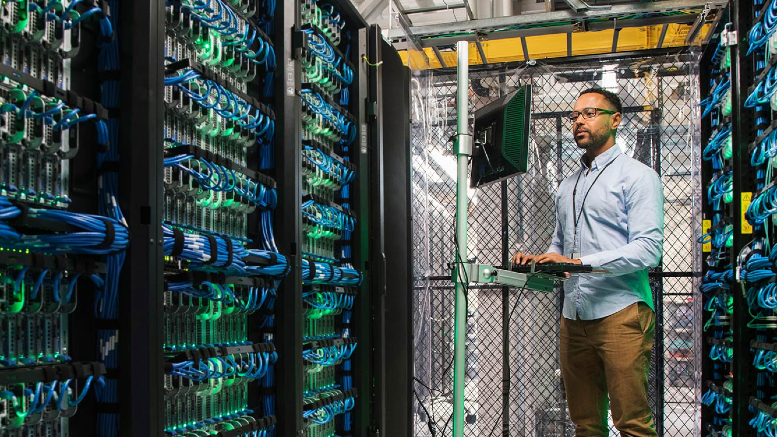Solving hybrid workplace challenges with expanded XLAs
June 5, 2025 / Simon Wilson
Short on time? Read the key takeaways:
- XLAs connect technology performance and physical workspace quality, measuring both digital tools and building comfort
- Proactive workplace monitoring helps identify and fix issues before they impact employee satisfaction or output.
- Better workplace experiences correlate with measurable business outcomes, including engagement, lower turnover, and increased productivity.
- Real-time monitoring across multiple systems helps workplace teams quickly address issues that matter most to employees.
Part one in a series with the XLA Institute exploring how XLAs reshape modern workplaces.
With hybrid work now standard and return-to-office policies firmly established, organizations face a challenge: how do you create workplaces where employees want to be and can work effectively?
For many organizations, the answer lies in experience level agreements (XLAs). However, unlike traditional metrics that focus on things like system performance, modern XLAs measure how employees experience their entire work environment, from applications to air quality.
This blog post shows how forward-thinking organizations can expand their XLAs beyond traditional IT metrics to create workplaces that work better for the people they employ.
From digital to physical: How XLA has evolved
Common XLAs focus on digital employee experience, things like device performance, ticket resolution, and application health. Organizations are now using them to evaluate the physical workplace. Facilities management, environmental factors like lighting, HVAC, and even wayfinding have become part of the experience equation.
According to Alan Nance, vice president of experience advocacy at XLA Institute, traditional approaches miss the bigger picture. "Traditional XLAs ask if an application loads quickly. But that's only part of the story," he explains. "Does the office temperature help people focus? Do meeting spaces actually work for collaboration? Do employees feel supported throughout their day?"
Emerging XLAs take that idea further by providing a proactive, integrated, and sentiment-driven model that looks at everything that influences how employees feel and perform in the workplace. It combines IT and facilities data into a single view, enabling better decisions and faster improvements across both domains.
Creating your experience management toolkit
To enhance XLAs, start by establishing an Experience Management Office (XMO) that focuses on five key areas: proactive monitoring, protective measures, preventative actions, predictive analysis and preemptive planning. Bringing together operational data, experience metrics, and employee feedback allows you to generate and act on insights before problems arise.
This approach enables you to:
- Detect and fix comfort issues like poor air quality or disruptive noise
- Monitor availability and functionality of collaboration spaces
- Optimize desk and meeting room booking flows
- Understand how employees feel about their work environment, not just how it's performing
Why experience matters in the modern workplace
Outstanding employee experiences are often misunderstood as nice to have, but they’re much more than that. By using XLAs to actively manage both digital tools and physical spaces, organizations can:
- Boost engagement through comfortable, efficient environments
- Reduce turnover by showing employees they’re heard and valued
- Attract top talent with modern, inclusive, and flexible workplaces
- Enhance productivity by eliminating friction in daily tasks
- Support well-being with safe, healthy, and thoughtfully managed spaces
Nance emphasizes that the stakes are higher than many realize. "Exceptional employee experiences directly impact business performance. At the XLA Institute, we've seen firsthand how XLAs drive economic value when tied to measurable outcomes like engagement and productivity," he explains. "Consider the cost of lost time: every minute an employee spends frustrated with a poor workspace or digital tool is time not spent creating value. This is about creating environments where employees choose to stay and innovate."
Because XLAs are based on sentiment and outcomes, not just uptime or resolution times, they capture what matters most: how employees actually experience their day-to-day work.
Turning insight into action: The XLA “single pane of glass”
To support this experience-first model, organizations can create a centralized dashboard that brings together data from everywhere (HVAC systems, desk booking apps, sentiment surveys, badge access logs, and more). This XLA dashboard allows leaders to see what’s working, what’s not, and what needs fixing in real time.
For example, if employees report that meeting rooms are consistently booked or poorly equipped, or if air quality readings are heading towards sub-optimal levels, the system flags it. Facilities and IT teams can act fast, preventing issues before they derail productivity or morale.
A new era for workplace experience
As your approach to XLAs evolves, you’ll shift from reacting to workplace issues toward preventing them. Always-on, data-informed processes connect the dots between people, place, and performance to replace the old approach of siloed functions and annual surveys.
This progression creates workplaces that actively support your people rather than simply housing them. In today's environment of changing expectations around flexibility and well-being, responsive workplaces help both your organization and employees succeed.
As Nance puts it, the concept is ultimately straightforward: “The workplace is where human experience happens, and XLAs ensure that experience delivers value.”
Looking ahead
As you implement expanded XLAs, focus first on your most persistent workplace challenges. Connect the relevant systems, gather baseline metrics, and address issues holistically. Start small, demonstrate value, then expand.
The organizations seeing the greatest benefits treat workplace experience as a strategic priority rather than a facilities or IT concern. By focusing on experience across all touchpoints, you create workplaces where people can do their best work—wherever and however they choose to work.
This blog marks the first in a series exploring how XLAs reshape modern workplaces. Future posts will examine practical implementation steps and success stories from organizations leading this approach.
To learn more about XLAs and how improving employee experience can lead to better business outcomes, contact us.



















